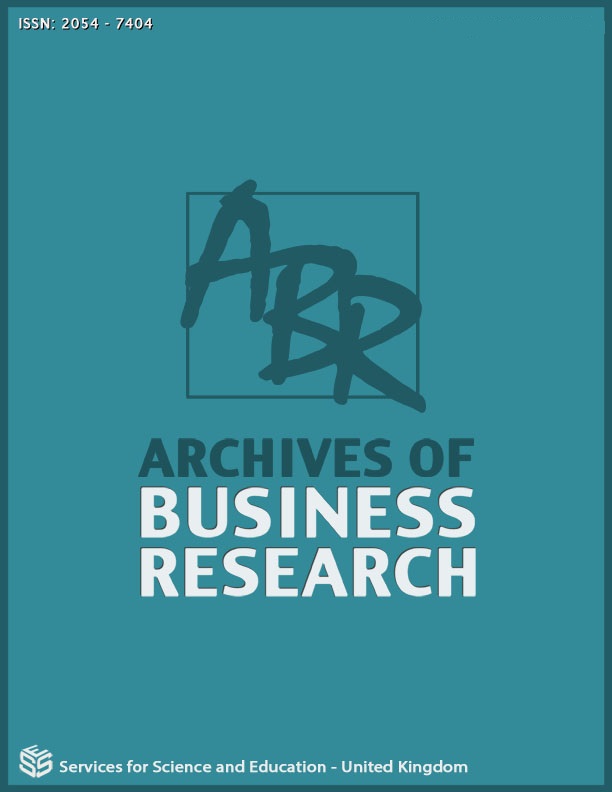Procurement Staff Familiarity, Organizational Incentives and Adoption of Sustainable Public Procurement in Uganda
DOI:
https://doi.org/10.14738/abr.1303.18459Keywords:
Procurement staff familiarity, Organizational incentives, Sustainable public procurement adoption, Stakeholder theory, Sustainable Theory, UgandaAbstract
This study examined the effect of procurement staff familiarity and organizational incentives on adoption of sustainable public procurement in Uganda. The study adopted a descriptive cross-sectional survey design with a quantitative approach supported by the positivism philosophy. This research used stratified sampling method to source for the 259 respondents from 790 civil servants and survey questionnaires were used to collect data. The respondents were Chief Procurement Officers, Senior Procurement Officers, Assistant Procurement Officers, Inventory Management Officers, and Assistant Inventory Management Officers from 260 central government in four regions in Uganda. Analysis was conducted using SPSS 23 and AMOS 25 statistical packages. Results have shown that procurement staff familiarity and organizational incentives have an effect on sustainable public procurement adoption. Additionally, given the need for sustainable public procurement in the diaspora and Uganda in particular, this study offers the understanding of a holistic view of sustainable public procurement from the public procurement perspective and this is relevant for the private sector players and academicians.
Downloads
Published
How to Cite
Issue
Section
License
Copyright (c) 2025 Olema Hamiza, Mugisha Donatus, Moya Musa, Alain Vilard Ndi Isoh

This work is licensed under a Creative Commons Attribution 4.0 International License.






